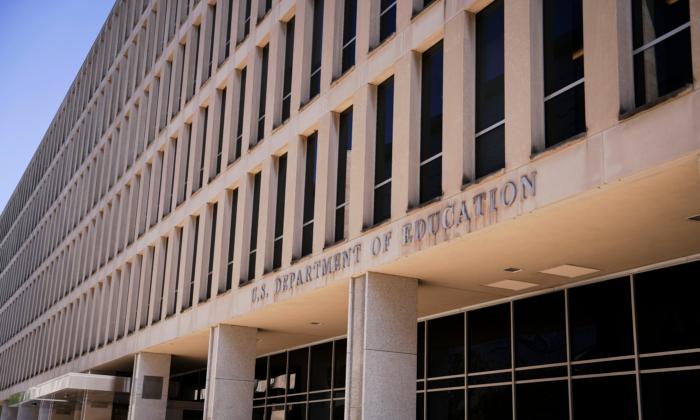The U.S. Department of Education on Tuesday said it won’t transmit students’ federal aid information to colleges until March, a month-long delay to an already slow-moving process that lawmakers warned could force some students to give up college plans.
Buried in a press release celebrating the 3.1 million successfully submitted Free Application for Federal Student Aid (FAFSA) forms, the Education Department said it plans to begin sending those forms to colleges in batches “in the first half of March.”
On top of that, students who made mistakes in what they reported on the FAFSA form will also have to wait until then to make corrections, according to the department.
The delay is expected to shorten the timeline even further for colleges and state agencies to make financial aid and grant offers.
More Difficulty for Colleges and Universities
In a press conference Tuesday, U.S. Under Secretary of Education James Kvaal confirmed the pushed-back timeline, but declined to specify an exact date or guarantee that colleges would receive the FAFSA information by March. The Education Department previously promised to start transmitting the data by the end of January.This only adds to college administrators’ uncertainty of when they will eventually receive information from students’ FAFSAs, which is essential for determining the size of financial aid packages. At the same time, prospective college students are left with a much narrower window to compare offers and pick a school that’s more affordable to them.
Justin Draeger, president and chief executive of the National Association of Student Financial Aid Administrators, expressed frustration over the slowing of a financial aid cycle already troubled with delays and technical glitches.
“On the very day that schools were expecting FAFSA applicant information, they were instead notified by the U.S. Department of Education that they shouldn’t expect to receive that data until March, at the earliest,” Mr. Draeger said in a statement. “These continued delays, communicated at the last minute, threaten to harm the very students and families that federal student aid is intended to help.
“With this last-minute news, our nation’s colleges are once again left scrambling as they determine how best to work within these new timelines to issue aid offers as soon as possible—so the students who can least afford higher education aren’t the ones who ultimately pay the price for these missteps.”
The decision also caused criticism from Sen. Bill Cassidy (R-La.), the top Republican on the Senate Health, Education, Labor and Pensions Committee.
Lawmakers Push for Accountability
Mr. Cassidy is among a group of 28 Republican members of Congress who are seeking to hold the Biden administration accountable for what they called a “botched” FAFSA rollout.In a letter sent last week to the Government Accountability Office, the lawmakers said they want to know what difficulties families faced in filling out the new form, as well as the hurdles colleges and universities experienced. They also asked the federal watchdog to look into whether the department provided students and institutions with sufficient guidance to navigate the changes.
“All these challenges and delays may cause some students—particularly low-income students who are most dependent on federal aid—to give up and not pursue postsecondary education,” they argued.
The new FAFSA is mandated under an education bill signed into law by President Donald Trump near the end of his first term in 2020. The legislative effort was meant to streamline the lengthy, 108-question student aid form, with simplified processes for families to provide their tax and income information.
The form itself is designed to be much easier to file, as the number of the required questions is now about 50. Some applicants find themselves only having to complete as few as 18 questions.
In previous years, information about income and finances had to be added manually. On the new FAFSA form, the students and their contributors may import their data from the IRS after they consent to allow the Education Department to access their file in the tax agency’s database.
The connection with the IRS also shortens the form by removing many of the financial questions.







